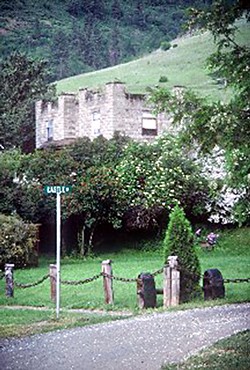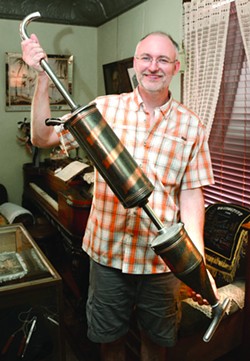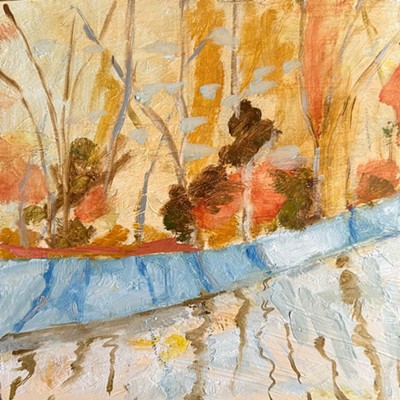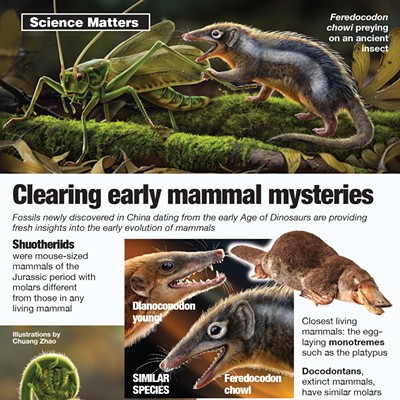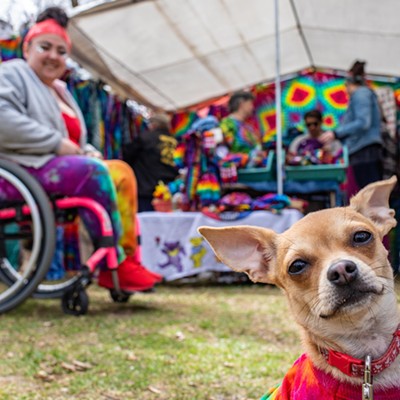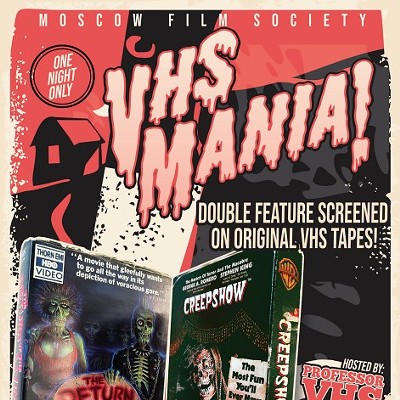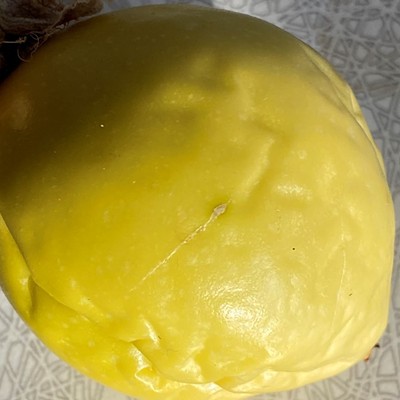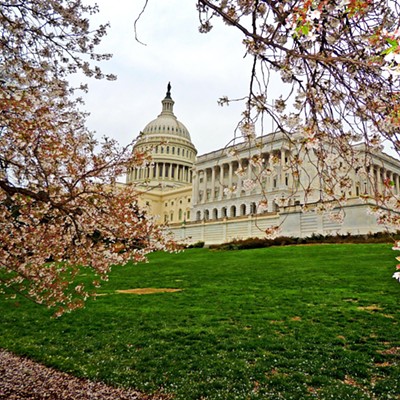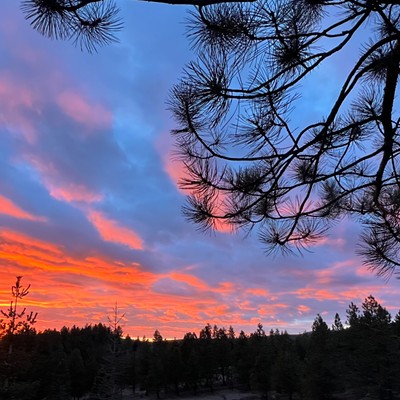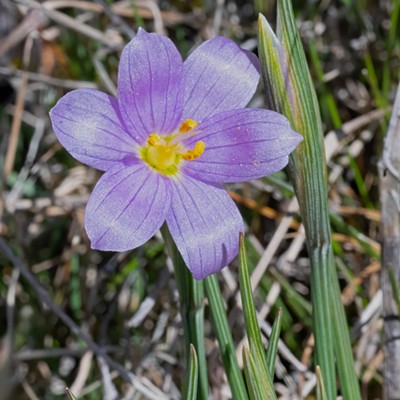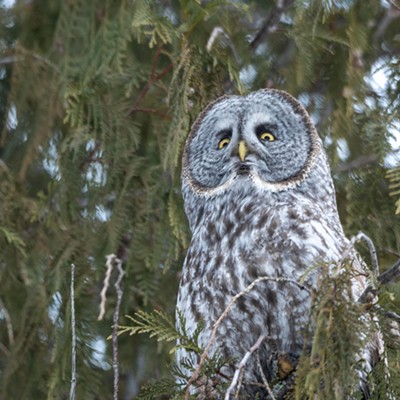JULIAETTA — A castle sits on the slopes of the Juliaetta valley, a hidden gem filled with the remnants and stories of years long past. And if you want to see it, all you have to do is ask.
Though privately owned, the Castle Museum is open to the public. Tours must be arranged in advance, typically on evenings and weekends, and generally take 30 to 40 minutes. They are offered free of charge.
“Grandpa said that some things in life should still be free,” said Justin Cope, whose grandparents opened the museum with another local couple in the 1970s. He is now the museum’s manager.
———
The home was built by Abram Adams in 1905. It was designed to resemble a Scottish castle, a nod to Adams’ Scottish heritage. Adams himself was from West Virginia, made his money in the sawmills of Wisconsin and was nearly 60 years old when he relocated to the area, drawn by its mild climate.
It was likely more than agreeable weather patterns that brought Adams, though. The man arrived to the area with wheat grains he claimed to have found in the craw of a goose he shot down during a trip to Alaska. He wanted a quiet place to experiment growing the unusual strain of wheat that had
multiple branches of large grain heads, a variety he named Alaska wheat.
Adams wasn’t intent on just farming the product; he wanted to produce seed to sell to farmers. He grew the crop and harvested the grain, hiring women and children to pick up every last seed in an effort to protect his product.
Authorities halted the agricultural experiment, and Adams was forbidden to grow or sell his miraculous wheat. It wasn’t until several years ago that Cope learned that the “Alaska” wheat was likely a branched wheat variety grown in South Africa, where Adams had relatives. Cope believes Adams had good intentions, but agreed that introducing a foreign crop could have had detrimental ecological and agricultural consequences.
———
Adams pursued his agricultural experiment during a time when Juliaetta was a thriving economic and cultural hub. The community had several churches, both a theater and opera house and direct rail service out of Spokane. People flocked to the area from all over the country for medical treatment by Dr. Robert Foster. He claimed to have discovered a cure for skin cancer and had set up a hospital and teaching school. He eventually moved to Clarkston.
The Castle Museum contains numerous artifacts of this era and times since, including samples of Adams’ “Alaska” wheat and photographs of the community.
Cope’s grandparents, Onal and Donna Cope, along with Charles and Phyllis Noble, bought the home from Adams’ son in 1970 for the purpose of preserving and restoring the home and using it to house and display local relics for enjoyment by the public.
———
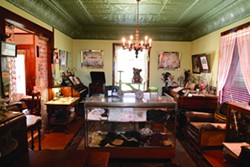
The work that began in 1970 has continued to this day. The restoration projects aim at historical accuracy, from the colors of the embossed tin ceilings to the patterns in the wall and ceiling coverings. A few of the items it houses are original to the home, but the collection ranges from 146-year-old curtains from the Vollmer mansion in Lewiston to ash trays from Juliaetta restaurants that thrived more than 50 years ago.
“Some of it’s not old, but it’s nostalgic,” Cope said. “A lot of these places aren’t here anymore.”
Most of the items in the museum connect to the history of the Potlatch River valley in some way. Much of the collection was donated, but many of the items were picked up from years of antique hunting the Copes did from the time they were married.
“If it was unique, different, cheap — they bought it,” Cope said.
That means you’ll find a Mickey Mouse phone sitting on top of the second switchboard that was used by the Potlatch Telephone Company, a Samurai sword across the room from the home’s original piano and Juliaetta’s former post office boxes in the room next to a giant glass bottle used to store sulfuric acid that once provided battery power to radios.
“Everything in here has a story,” Cope said.
Those interested in hearing the stories for themselves can arrange a tour with Cope by calling (208) 276-7174. Many visitors, Cope said, enjoy combining a museum tour with a visit to the local winery.

